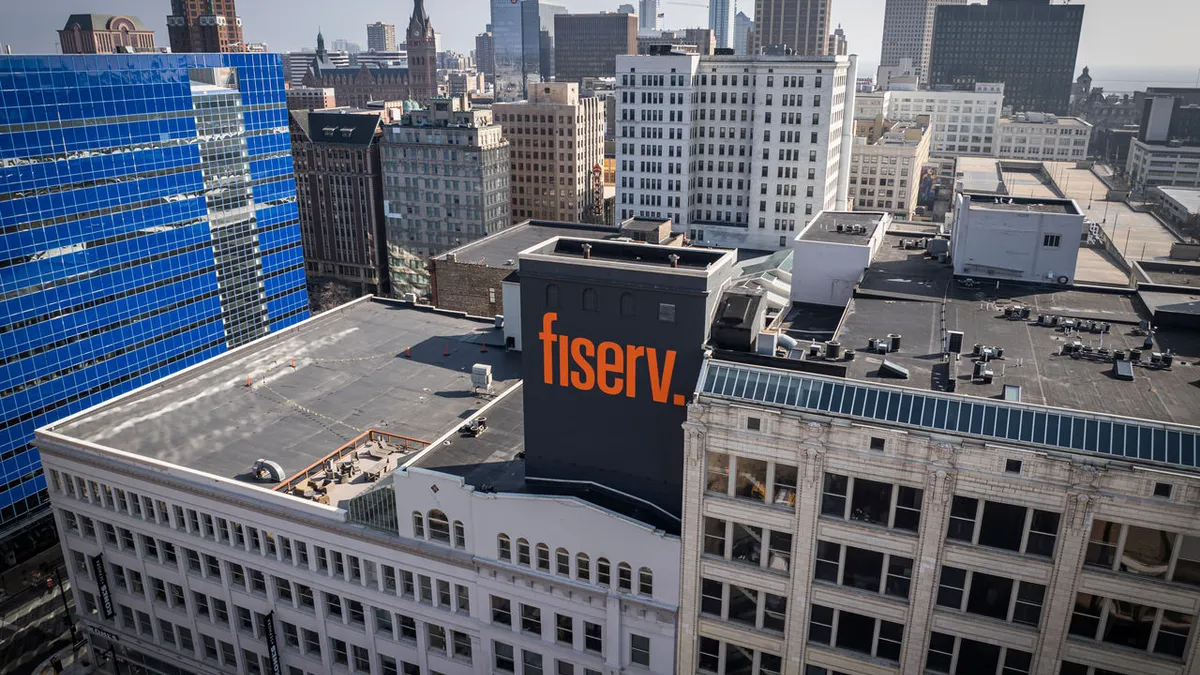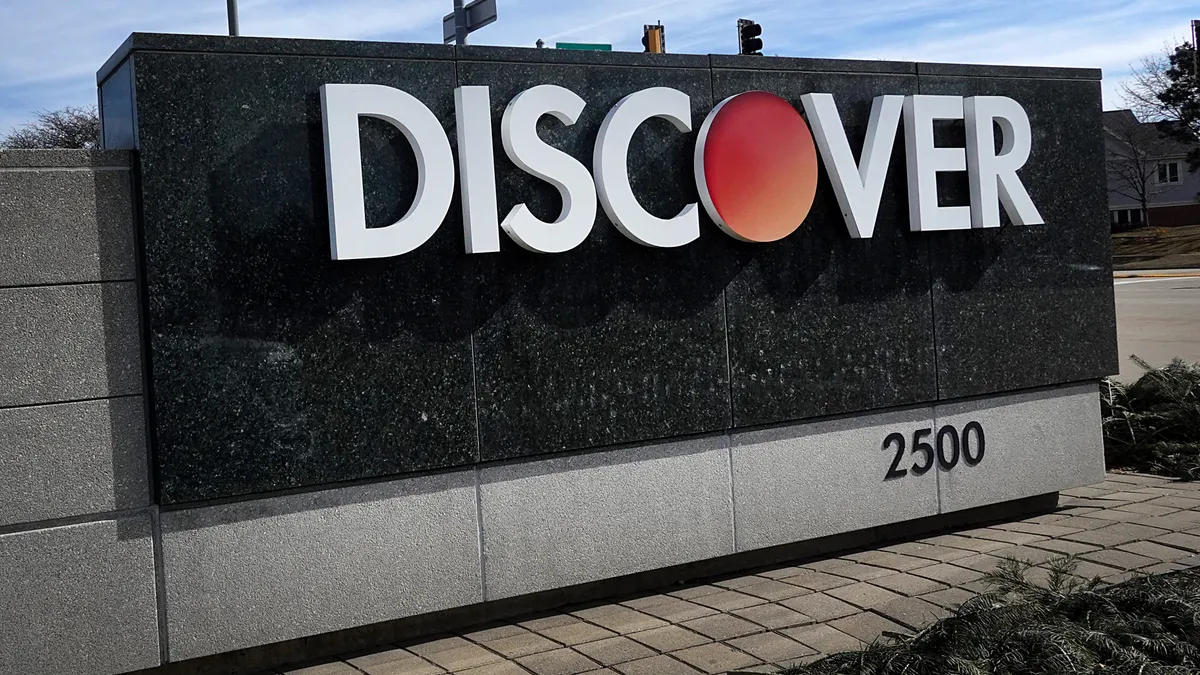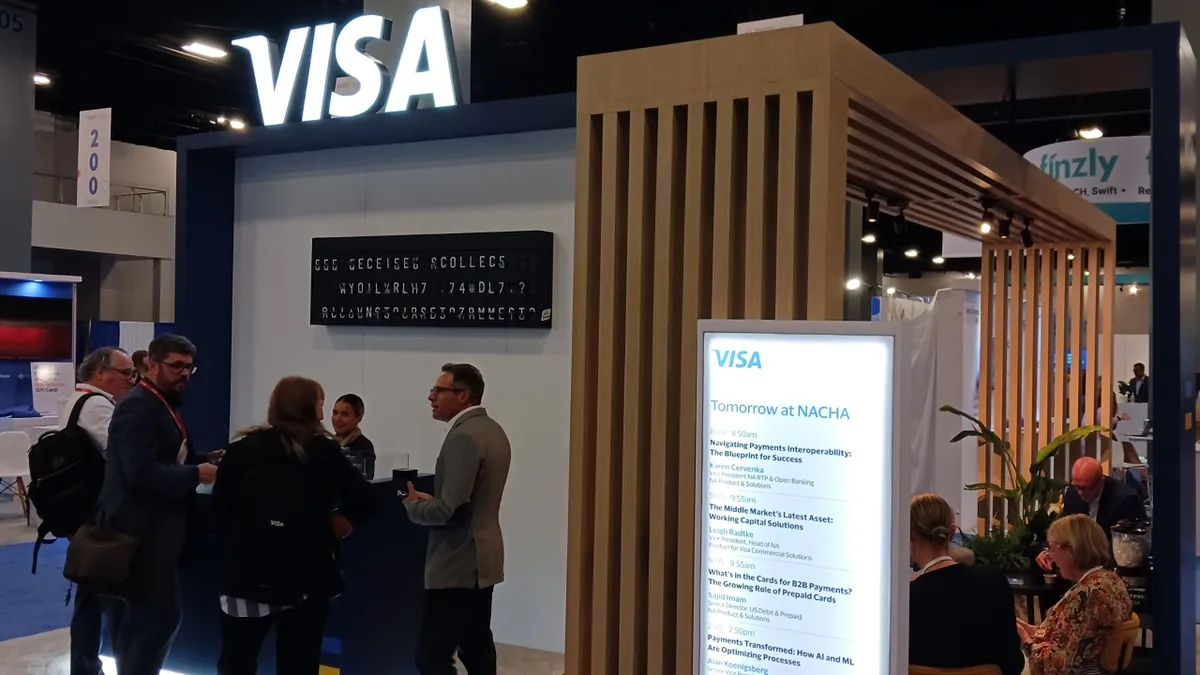Ceridian has given employees access to over $2 billion through its earned wage access app, Dayforce Wallet, as of August. A notable feat considering it wasn’t that long ago — April — when it crossed the $1 billion mark.
EWA isn’t the company’s only offering. The human resources software company, which on Tuesday announced plans to rebrand as Dayforce by January 2024, has been in business for over 30 years and offers payroll services through its Dayforce platform. Ceridian has about 6,000 clients globally who in turn have about 6 million employees.
The Minneapolis-based company launched its EWA service during the COVID-19 pandemic. Since then, the Dayforce Wallet mobile app has received over 100,000 downloads. Meanwhile, a growing number of on-demand pay fintechs have entered the market, seeking to bridge the gap between employers’ biweekly paydays and employee’s needs for instant access to earned pay.
Payments Dive sat down last week with Deepa Chatterjee, Ceridian’s chief operating officer of consumer services, to discuss the benefits of combining EWA with payroll services and why she doesn’t consider the company’s EWA offering consumer lending.
Editor’s note: This interview has been edited for clarity and brevity.
PAYMENTS DIVE: When was Dayforce Wallet introduced?
DEEPA CHATTERJEE: Dayforce Wallet has been around since 2020. We’re live in three markets: the U.S., Canada and the U.K. We’ve got about 1,600 clients signed up to use the wallet and slightly more than 1,000 are live.
How does offering payroll combined with EWA make Ceridian different from other companies offering employees pay on demand?
At many companies, your payday comes on a Friday. You’ll get a pay stub which has your gross earnings, the taxes that got taken out and any other deductions. And then you get your net earnings.
We have a payroll product so we have the ability to know in real-time your time and attendance if you are an hourly worker. So anytime between those two weeks of your payroll cycle, we can show you how much you’ve earned up until that point. The wallet enables you as an employee to be able to get those funds.
What is the wallet exactly?
It's an app on your phone, which looks like most banking apps. You can see your balance, you can check your transactions, we have a cash back rewards program.

There’s a couple of unique features to it. The first is that we generate a real-time pay stub to you whenever you open the app. The other feature is a pink button you can use to get your available pay instantly.
The wallet is also a card that you can go out into the real world and use at gas stations, grocery stores and retailers.
How much of the employee’s real-time pay is available to them for instant access?
What typically happens in the industry is that because the calculation of taxes and deductions isn’t done real-time, the companies need to make sure that they don't allow the employee to take out 100% of their gross earnings. And so typically they cap it at 50%.
What makes [our wallet] unique is because we have surety about how much you actually have earned, you can get 100% of what you have earned, today.
What’s the benefit for employers?
Employers never have to worry about being out of compliance with how much they can pay to employees, which is very, very important when you consider that an employer payroll department is trying to make sure that they’re compliant with regards to taxes and other deductions.
So who pays for this?
From an employee’s perspective, there’s actually no fee for doing it. If you hit the pink button, and you have earned $100 of net pay, and you draw down $100 of net pay, you get that net pay for free.
In part that’s because that’s your pay, right? You don’t pay to access your paycheck every two weeks. And so you shouldn’t have to if you’re doing it real time.
So we typically rely on interchange [fees]. What’s important for us is that the employee actually gets the funds, engages with the wallet and uses the funds. So in North America, it is off interchange.
In other markets, we have other ways of monetizing the product. Typically, software-as-a-service products are monetized by a “per employee per month” fee that the employer pays.
EWA companies have drawn the attention of lawmakers in Connecticut, Nevada and California. Is that something Ceridian is concerned about?
We are working with state regulators as they’re considering and putting out legislation.
One of our key positions is that because we are running payroll a lot of this doesn’t really apply to us. There’s no consumer lending. There’s no lending agreement that the employee is signing with us. There are no funds to claw back if they don’t pay us back. There’s no concept of paying us back. It’s just their earned wages.
So if you're not lending to the employee, would you say that you're lending to the employer?
That's correct. It's more of a commercial lending product than it is a consumer lending product.



















